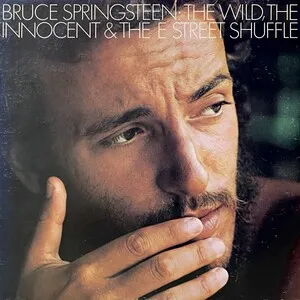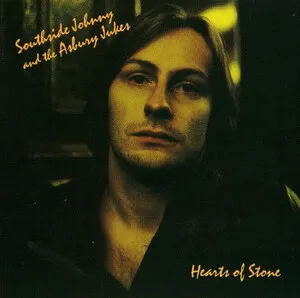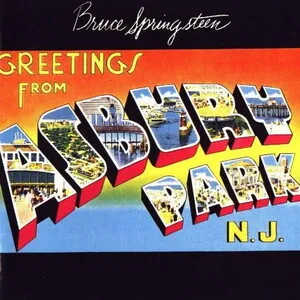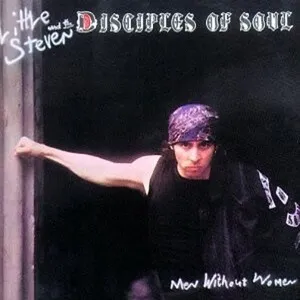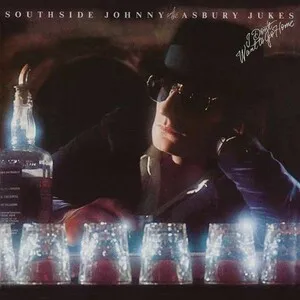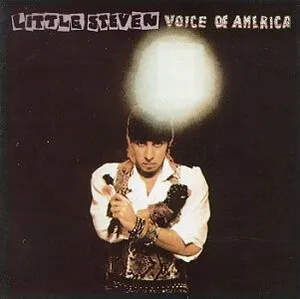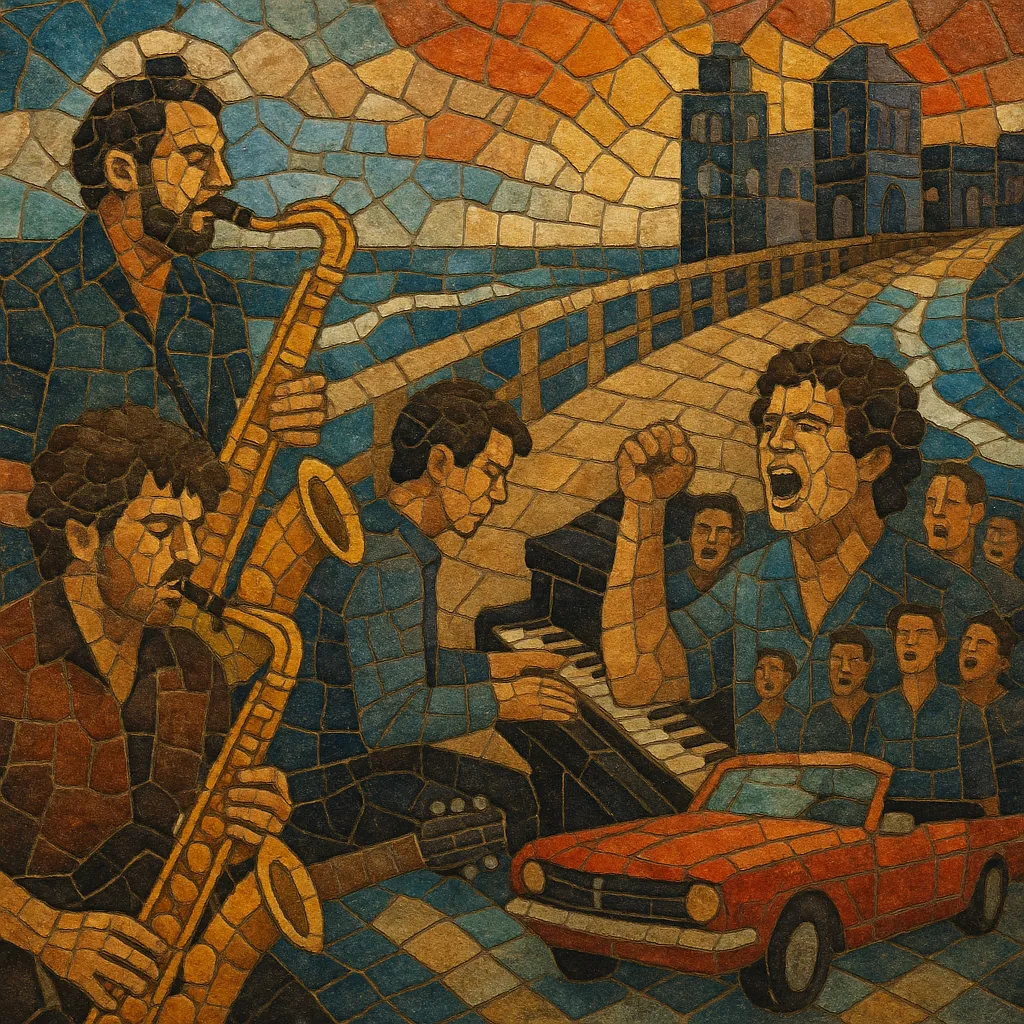
The Jersey Shore sound is a horn-driven, R&B-inflected strain of American rock that coalesced around the bar-band circuit of Asbury Park and other coastal towns in New Jersey during the 1970s. It blends the youthful rush of 1950s/60s rock and roll with the grit of soul and rhythm & blues, delivered with big arrangements, saxophone leads, and anthemic choruses.
Defined by a live, sweat-soaked club energy, the style foregrounds piano and organ alongside guitars, punchy horn sections, and gang-style backing vocals. Lyrically it often romanticizes working-class life, boardwalk nights, and redemption on the open road, capturing a cinematic, Springsteen-adjacent storytelling that feels both intimate and larger-than-life.
The Jersey Shore sound emerged from the thriving club scene of Asbury Park, NJ, where venues like The Upstage Club, Convention Hall, and later The Stone Pony nurtured a tight community of musicians. Drawing on 1950s/60s rock and roll, doo-wop, soul, and New Orleans-style R&B, local bands fused bar-band grit with big, brassy arrangements. Bruce Springsteen’s early records culminated in the landmark "Born to Run" (1975), whose widescreen, sax-led arrangements and romantic street-life narratives became a touchstone for the sound. In parallel, Southside Johnny & The Asbury Jukes (with Steven Van Zandt as musical director) codified the Shore’s horn-heavy R&B identity on albums like "I Don't Want to Go Home" (1976).
Through the late ’70s and early ’80s, the scene hardened into a recognizable regional style: piano-and-organ-driven rock, punchy horn stabs, and call-and-response vocals, all delivered with a live-first sensibility. The Stone Pony became a hub, with musicians circulating among bands (E Street Band, The Jukes, Disciples of Soul), and surprise onstage sit-ins forming part of the culture. Springsteen’s global ascent and Steven Van Zandt’s productions for Southside Johnny and Gary U.S. Bonds projected the Shore’s street-soul aesthetic to a wider audience. Early Bon Jovi, forged in Shore clubs, carried a more pop-metal sheen yet retained the anthemic, crowd-lifting DNA of the local bar-band approach.
While the original Shore circuit ebbed and flowed, its hallmarks—horn-forward arrangements, romantic working-class narratives, and a live, inclusive bar-band ethos—permeated heartland and roots rock at large. Acts inspired by Springsteen’s storytelling and communal uplift (from regional bar bands to national acts) absorbed the Shore’s balance of grit and grandeur. Periodic revivals, club residencies, and festival bills along the Jersey coast continue to keep the sound’s communal spirit alive.

